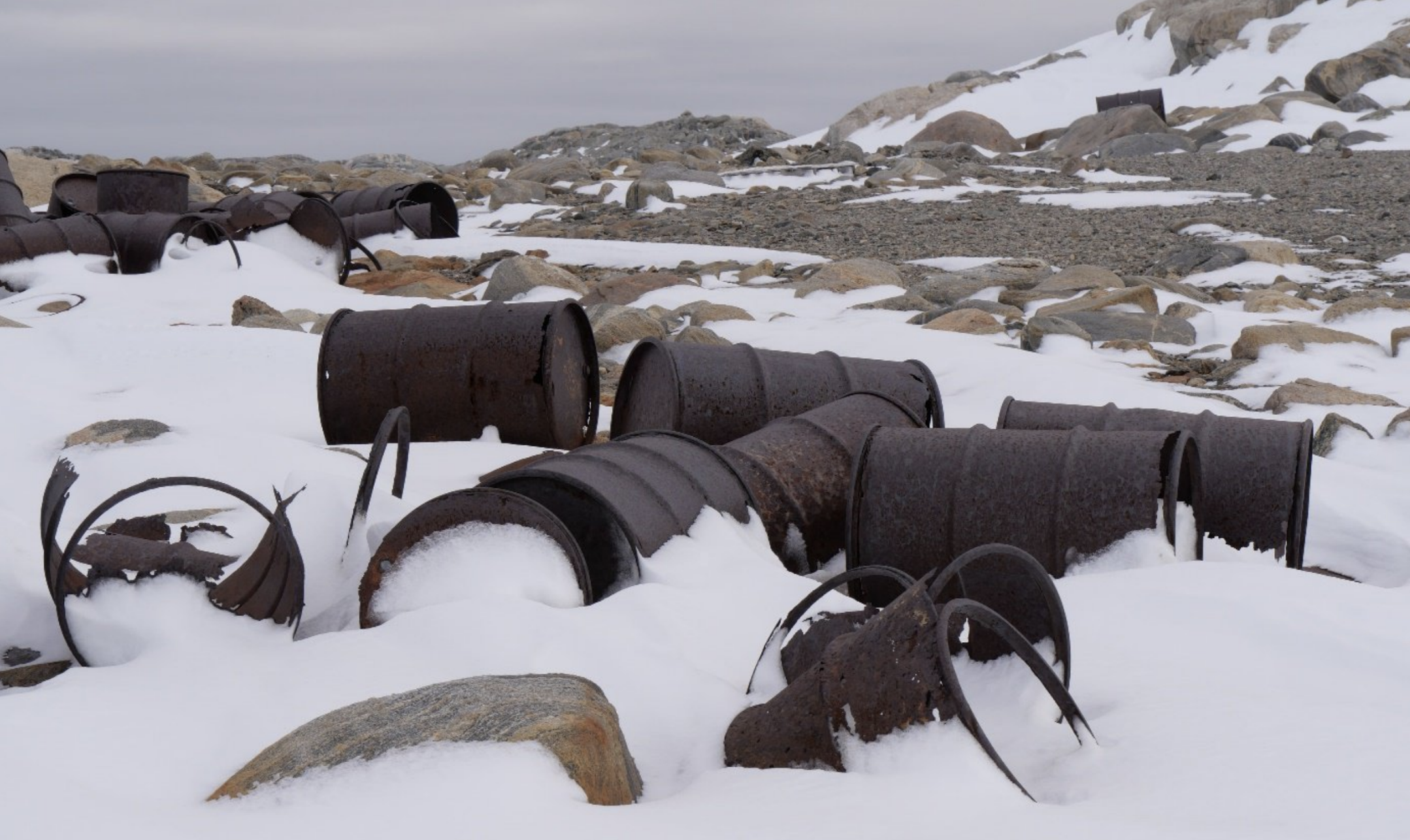
An international inspection team has raised serious concerns about the state of an abandoned Australian Antarctic base, warning it presents a “clear risk” to the surrounding environment.
Inspecting the Wilkes base earlier this year, a French research team found partially or completely covered buildings, waste and contaminants in “significant quantities”, with penguins living nearby.
Scientists on site told the researchers rusted drums containing fuel and other hazardous substances had been spotted at sea, along with oil slicks near the site.
READ MORE: ‘Disgusting’ Jeffrey Epstein grand jury transcripts released
The inspection team of marine and polar policy adviser Maude Jolly, French Polar Institute station modernisation project manager Yannick Fagon and French Southern and Antarctic Lands director of environment Franck Lustenberger called on Australia to establish a clean-up program.
“The inspection team deemed concerning the deteriorating state of the abandoned Wilkes station site,” the report noted.
“The presence of buildings partially or completely covered, along with waste and contaminants of various nature and in significant quantities, poses a clear risk to the Antarctic environment and its dependent and associated ecosystems, including marine ones.
“The site also poses a risk to the safety of expeditioners using the Wilkes refuge for recreational purposes, given its proximity to the remains of the abandoned station, the complete inventory of which has not yet been finalised.
“The inspection team commends the efforts initiated by Australia to conduct a comprehensive assessment of the site and the risks posed to the Antarctic environment.”
READ MORE: Historic ruling finds Trump has immunity for some presidential acts
Americans built the Wilkes base in the 1950s before passing control to Australia, which used it until 1969, when operations were shifted to the nearby Casey base.
Wilkes is close to abundant wildlife and seabird nesting areas and inspectors spotted skuas, Wilson’s petrels and Adélie penguins nearby.
“These animals inhabit areas near and within the remains of the station, which present extremely degraded habitats,” they said.
READ MORE: Minister lauds ‘crucial’ funding as new support for tradies begins
“The site is not subject to a regular wildlife or flora monitoring program. The presence of macro-waste, some of which is sharp, along with polluting or even toxic substances (plastics, hydrocarbons, asbestos), indicates environmental degradation harmful to the species.”
The French experts also inspected the Casey base, finding no problems, and the nearby Wilkins aerodrome, where they found several points of caution and possible improvement.
links to content on ABC
9News





